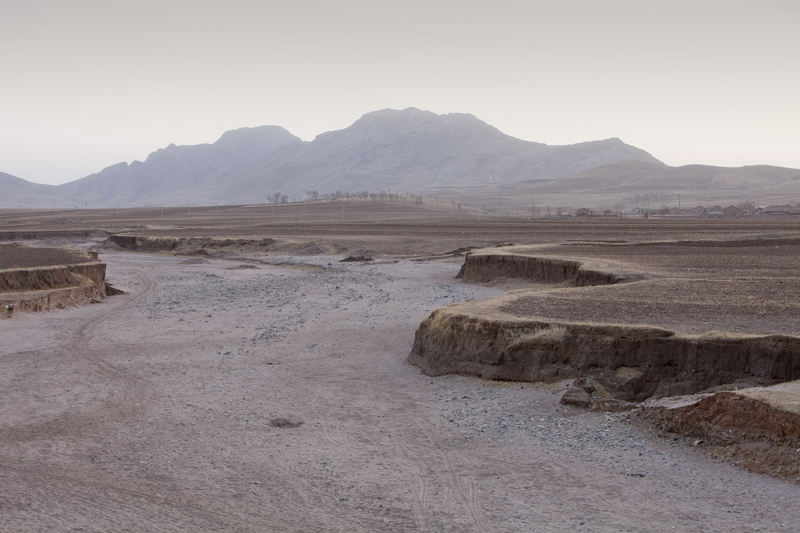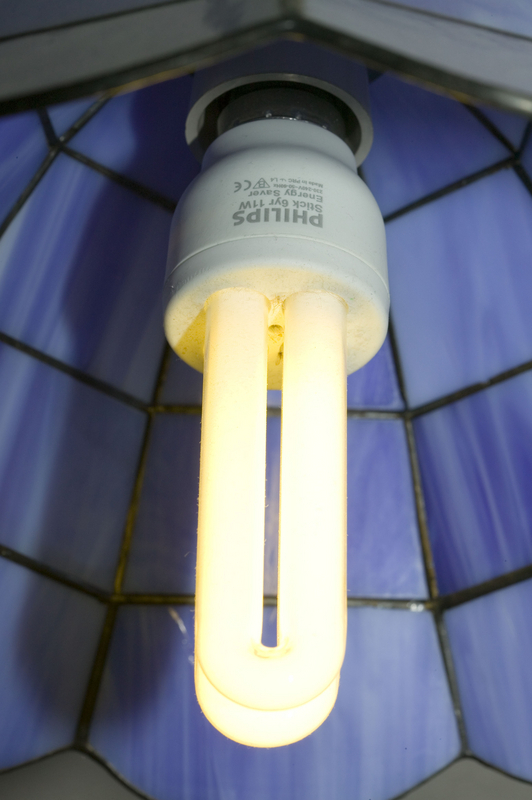Earth Hour Shines Light on Climate Change Solutions
Less than 48 hours after Earth Hour, the International Panel on Climate Change released its second comprehensive report. While the first, released in September, looked at the physical state of climate change (and the fact that scientists are 95% certain it is caused by human actions) – this one focused on impacts. What is happening. What is likely to happen. How (and can) human beings and nature adapt. The news was dire.
It’s hard to sum up a report as thick as a phone book and do it justice, but the conclusion is both clear and dramatic. We’re already feeling the impacts of climate change. It’s affecting species, freshwater, food production, and increasing the occurrence of extreme weather events. The possible future includes much higher rates of extinction, a significant burden on our global economy, and risks to human safety and health—especially affecting the poorest and most vulnerable.
I say possible future, because the report also suggests that—albeit small—we still have a window to act. A window in which we can summon the intelligence, the compassion, and the ingenuity of the human species to address the harm we have already caused, and to actively put ourselves—and all of nature—on a better path. What will it take? First and foremost, it takes the belief that we can do this and the will to actually do it.
For us at WWF, this Earth Hour was about highlighting an alternative vision of the future—one in which human beings rise to this challenge—and amass our collective will, neighbourhood by neighbourhood, city by city, country by country, to bring that vision to life.
The good news: many of the tools and strategies for tackling climate change exist. In fact, they not only exist, they are already being ground-tested and demonstrated in many of the places that we call home.
For example, Edmonton—Canada’s Earth Hour City Challenge winner—has set a goal to go carbon neutral. And they are modeling what that looks like by actually designing a completely sustainable community, right on the site of their old city center airport. Imagine a downtown neighbourhood that houses 30,000 people from all walks of life, that is powered completely by renewable energy, that is connected to the city and beyond by rapid transit, that generates good jobs, and that has a carbon footprint of zero. They are building that community right in the heart of Alberta.
Look at Halifax. The city has come up with an innovative financing mechanism that helps people install solar water and heating systems for their homes. It not only saves people money (about $425 annually) but it helps them lower their own household emissions by 2,000 kg every year. And in Toronto, where new programs like the Home Energy Loan Program are making retrofits more affordable, initiatives like Project Neutral are empowering neighbourhoods to make huge strides toward carbon neutrality simply by auditing and paying attention to where their carbon emissions come from. Already, through simple changes—installing LEDs, replacing old windows, sealing air leaks—homes in 525 neighbourhoods across the city are taking action. In just 2 years, 80% of those homes dropped their emissions by five tonnes, equal to taking a car off the road for a year for each and every household.
These are just some of the positive and insightful examples of action and opportunity that we highlighted during this year’s Earth Hour. Check out our entire Earth Hour Tour blog series for perspectives from experts across the country on what we are doing and what we can do to achieve the future we want.
The point is: let’s keep talking about these solutions so that individually and collectively we can act on them. Let’s keep the light focused on them, not just during Earth Hour, but all year. As we live through the dawning realities of climate change, we can choose ignorance, we can choose hopelessness, or we can choose action. Last Saturday night, close to 1 billion people in more than 160 countries around the world made their choice. Now we need to act.




